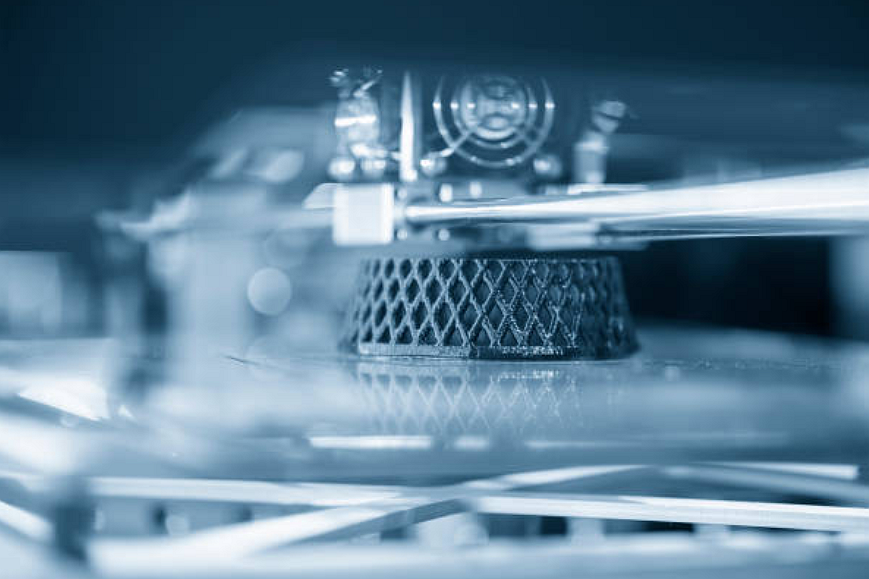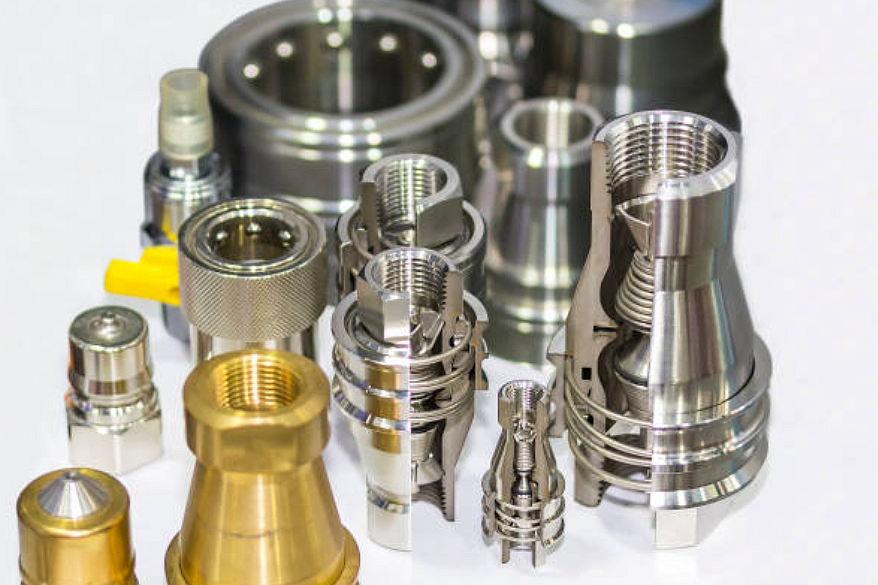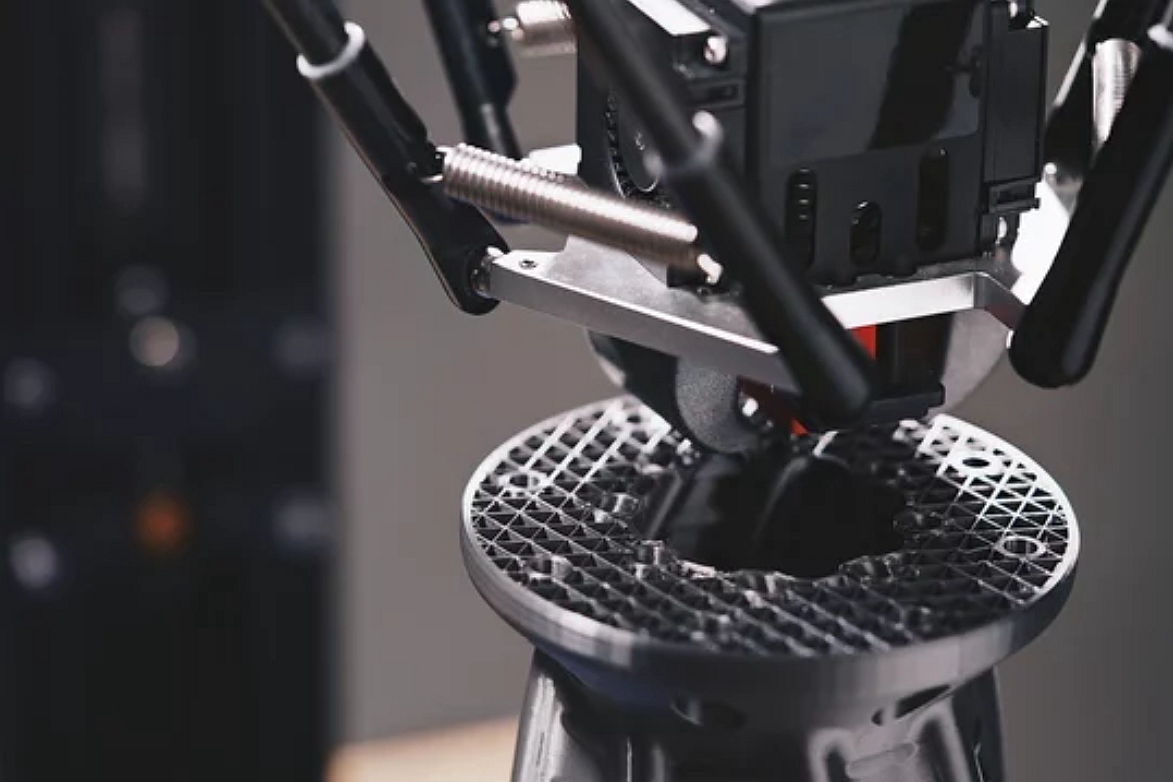Incoloy 825
Basic description of Incoloy 825 Powder
Incoloy 825 powder is a nickel-iron-chromium alloy with molybdenum, copper, and titanium additions. This unique composition offers excellent resistance to many corrosive environments, such as those containing sulfuric and phosphoric acids, seawater, and various organic compounds. Notably, the material stands out for resisting corrosion in oxidizing and reducing conditions. Its resistance to pitting and crevice corrosion further enhances this robustness, making it a highly sought-after material in harsh environments.
Incoloy 825 powder is characterized by its fine particle size, which is crucial for manufacturing processes requiring precise control over material properties. It typically comes in various particle sizes, tailored for specific manufacturing techniques like Metal Injection Molding (MIM), Powder Compression Molding (PCM), and 3D Printing. These processes benefit from the powder's excellent flowability and high packing density, ensuring uniform material properties in the final product.
Incoloy 825 Similar Grades
China: 0Cr20Ni32AlTi
United States: No8800
Japan: NCF800
West Germany: X2NiCrAlTi3220
While Incoloy 825 is unique, it shares similarities with other grades within the nickel alloy family, each designed for specific applications and environments:
Inconel 625: Similar in corrosion resistance, Inconel 625 offers higher strength and toughness, particularly in extreme temperatures, making it suitable for aerospace and marine engineering.
Monel 400: This nickel-copper alloy is known for its excellent corrosion resistance in marine environments and chemical processing units but lacks the high-temperature strength of Incoloy 825.
Hastelloy C-276: Hastelloy variants, particularly C-276, offer superior corrosion resistance in a wide range of aggressive environments. However, they are often more expensive, making Incoloy 825 a cost-effective alternative for many applications.
Alloy 20: Also known as Carpenter 20, this alloy provides excellent corrosion resistance against sulfuric acid. It is often compared with Incoloy 825 for applications involving acid processing.
Applications
Incoloy 825 powder, with its robust composition, finds extensive application across various industries, leveraging its exceptional corrosion resistance, mechanical strength, and versatility. Here are some specific applications that highlight its utility:
1. Chemical Processing Equipment: Incoloy 825's resistance to oxidizing and reducing acids, like sulfuric and phosphoric acids, makes it a prime choice for reactors, vessels, piping, and heat exchangers in the chemical processing industry. Its ability to withstand corrosive environments ensures the longevity and reliability of equipment, reducing downtime and maintenance costs.
2. Oil and Gas Industry: The alloy's resistance to corrosion in seawater and sulfide environments makes it ideal for offshore oil drilling rigs, pipelines, and processing equipment. Incoloy 825 powder can manufacture components exposed to harsh conditions, including high-pressure and high-temperature environments, ensuring safety and efficiency in exploration and extraction processes.
3. Pollution Control Equipment: The material's resistance to various chemicals allows it to be used in flue-gas desulfurization systems and scrubbers in pollution control equipment. Its durability in acidic and corrosive environments helps efficiently remove pollutants from industrial emissions, contributing to environmental protection efforts.
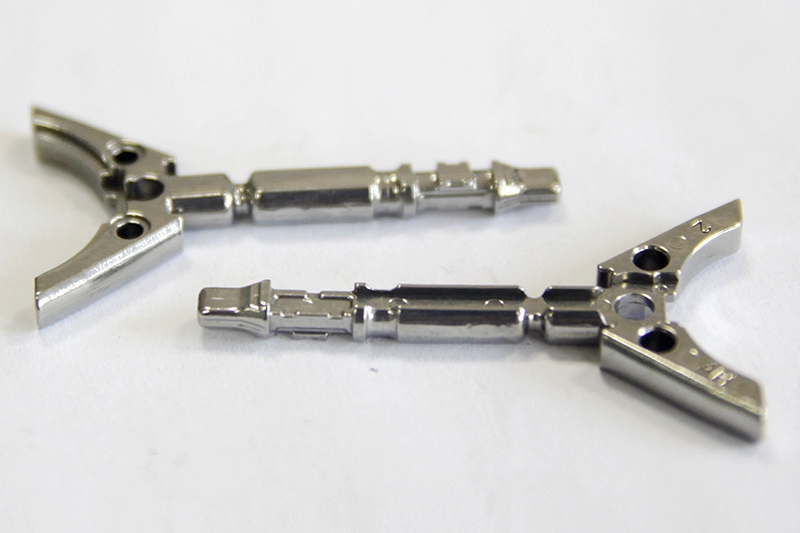
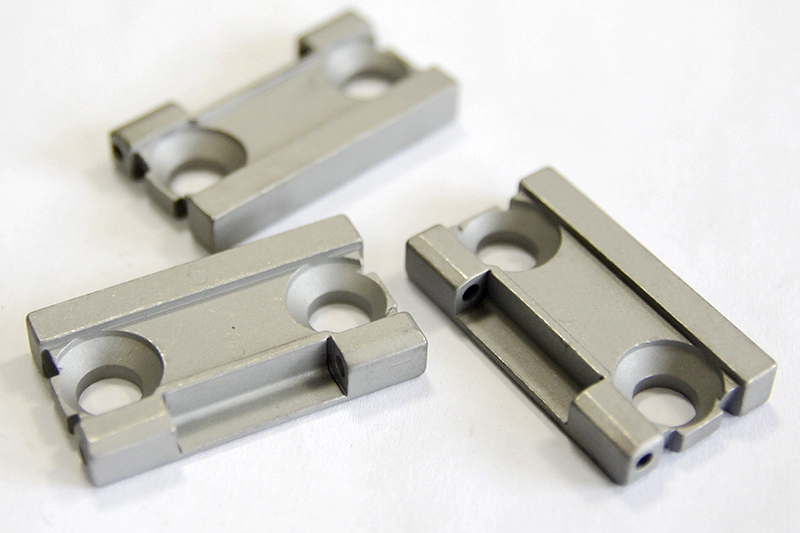
4. Power Generation: Incoloy 825 manufactures parts for nuclear, coal, and gas-powered plants, including steam-generator tubing, heat exchangers, and other critical components. Its resistance to high temperatures and corrosive media ensures the integrity and performance of power generation systems.
5. Aerospace Components: The alloy's strength at high temperatures benefits aerospace applications, including exhaust systems and engine components. Its ability to resist oxidation at elevated temperatures ensures reliability and performance in demanding aerospace environments.
6. Marine Engineering: Incoloy 825's excellent resistance to seawater corrosion makes it suitable for propeller shafts, marine fasteners, and pump and valve components in naval ships and commercial vessels. This ensures the longevity and durability of marine structures, even in aggressive saltwater conditions.
7. Food Processing: The non-toxic and corrosion-resistant nature of Incoloy 825 makes it suitable for food processing equipment, including mixers, conveyors, and packaging machines. It ensures safety and hygiene in food production by preventing contamination and resisting corrosion by food acids and cleaning solutions.
Composition and Properties
Incoloy 825's remarkable versatility and durability in various environments stem from its distinctive composition and the inherent properties these elements confer on the alloy. When selecting materials for their specific applications, it is essential to understand its composition and the resulting material properties.
Composition:
Incoloy 825 consists of a complex blend of elements, each contributing to the alloy's overall performance:
Nickel (Ni): Approximately 38-46%, nickel is the primary component, providing robust corrosion resistance and high-temperature stability.
Chromium (Cr): Around 19.5-23.5%, chromium adds oxidation resistance, essential for maintaining the alloy's integrity in oxidative environments.
Iron (Fe): Constituting 22% minimum, iron is a crucial element that enhances the alloy's structural stability and resistance to corrosion in reducing environments.
Molybdenum (Mo): At 2.5-3.5%, molybdenum increases the alloy's resistance to pitting and crevice corrosion, which is particularly important in chloride environments.
Copper (Cu): Making up 1.5-3%, copper enhances corrosion resistance in sulfuric acid, seawater, and other reducing environments.
Titanium (Ti): With a range of 0.6-1.2%, titanium stabilizes the alloy against intergranular corrosion.
Aluminum (Al) and others: Small additions of aluminum and trace elements further refine the alloy's properties, enhancing resistance to specific types of corrosion and improving its mechanical characteristics.
Properties:
The composition of Incoloy 825 results in a set of properties that make it particularly suitable for challenging environments:
Corrosion Resistance: The alloy exhibits excellent resistance to oxidizing and reducing acids, pitting, crevice corrosion, and stress-corrosion cracking. It performs well in sulfuric and phosphoric acid environments, as well as in seawater and various organic compounds.
High-Temperature Stability: Incoloy 825 maintains its mechanical strength and corrosion resistance at high temperatures, making it suitable for use in environments where many other materials fail.
Mechanical Strength: The alloy possesses good mechanical strength and toughness over a wide temperature range, making it ideal for applications requiring durability and reliability under stress.
Fabricability: Despite its strength, Incoloy 825 can be readily fabricated by various methods, including machining, welding, and forming. This makes it versatile for manufacturing complex components.
Applications Stemming from Composition and Properties:
The unique blend of properties derived from its composition makes Incoloy 825 an excellent choice for various applications. Its corrosion resistance is particularly valued in the chemical processing industry and oil and gas exploration, where exposure to aggressive substances occurs daily. The high-temperature stability and mechanical strength find applications in aerospace and power generation, where materials must withstand extreme conditions. Its fabricability ensures that complex components can be manufactured efficiently, making it a versatile choice across industries.
Powder Characteristics
The powder form of Incoloy 825 is engineered to meet the stringent requirements of manufacturing processes like Metal Injection Molding (MIM), Powder Compression Molding (PCM), and 3D Printing. Its characteristics are tailored to enhance flowability, packing density, and sintering behavior, which are crucial for achieving high-quality parts. Understanding these powder characteristics is vital for manufacturers to optimize their processes and product performance.
Yield Strength:
Yield strength is a fundamental mechanical property that represents the stress at which a material begins to deform plastically. For Incoloy 825 powder, the yield strength can vary depending on the manufacturing process and post-processing heat treatments. Typically, parts made from Incoloy 825 powder exhibit a yield strength of 30,000 to 60,000 psi. This high-yield strength suits components subjected to high stresses in corrosive environments, ensuring durability and longevity.
Tensile Strength:
Tensile strength is the maximum stress a material can withstand while being stretched or pulled before breaking. Incoloy 825 parts often demonstrate a tensile strength between 80,000 to 100,000 psi. This impressive tensile strength indicates the alloy's ability to maintain integrity under high-stress conditions, making it ideal for critical aerospace, chemical processing, and oil and gas applications.
Elongation:
Elongation measures the flexibility of a material or how much it can stretch before it breaks. Incoloy 825 manufactured parts typically show an elongation rate of 30% to 45%. This high flexibility indicates that the material can undergo significant deformation before failure, an essential property for components that may experience extreme bending or stretching forces.
Physical Properties
The physical properties of Incoloy 825 powder significantly contribute to its applicability in various manufacturing processes and its performance in diverse environments. These properties, including density, hardness, specific surface area, sphericity, bulk density, Hall flow rate, melting point, relative density, recommended layer thickness, thermal expansion coefficient, thermal conductivity, and adherence to technical standards, provide a comprehensive understanding of the material's behavior and utility.
Density:
Incoloy 825 has a solid density of approximately 8.14 g/cm³, indicative of its compact atomic structure. This high density is beneficial for achieving high strength and durability in the manufactured parts, making them suitable for heavy-duty applications.
Hardness:
The hardness of parts made from Incoloy 825 powder typically ranges from 200 to 240 HBW (Brinell Hardness). This hardness level contributes to the material's resistance to wear and abrasion, extending the life span of components used in harsh environments.
Specific Surface Area:
A higher specific surface area enhances the sinterability of the powder, facilitating the production of parts with superior mechanical properties. Incoloy 825 powder is characterized by a specific surface area that optimizes sintering reactions, contributing to the density and strength of the final product.
Sphericity:
The sphericity of Incoloy 825 powder is critical for manufacturing processes such as 3D printing and powder metallurgy, as it affects flowability and packing density. High sphericity ensures uniform layering and density in the manufactured parts, leading to consistent mechanical properties.
Bulk Density:
The bulk density of the powder influences the efficiency of the manufacturing process and the quality of the final part. Incoloy 825 powder possesses an optimized bulk density that facilitates easy handling and efficient compaction, contributing to the dimensional accuracy of components.
Hall Flow Rate:
This property measures the powder's ability to flow through an orifice, impacting the precision of powder-based manufacturing processes. The Hall Flow Rate of Incoloy 825 powder is tailored to ensure excellent flow characteristics, enabling accurate and repeatable part production.
Melting Point:
Incoloy 825 has a melting point range of approximately 1370°C to 1400°C (2500°F to 2550°F), which is significant for processing methods that involve melting or near-melting conditions, such as 3D printing and casting. This melting point ensures stability during high-temperature applications.
Relative Density:
After processing, the relative density of parts can reach near theoretical density, which is essential for achieving optimal mechanical strength and corrosion resistance.
Recommended Layer Thickness:
For additive manufacturing processes, the recommended layer thickness for Incoloy 825 powder ranges from 20 to 50 microns, balancing resolution and build speed to produce parts with fine detail and structural integrity.
Thermal Expansion Coefficient:
The alloy exhibits a thermal expansion coefficient of approximately 14.0 x 10⁻⁶/°C (25-100°C), essential for thermal cycling applications, ensuring dimensional stability across various temperatures.
Thermal Conductivity:
With a thermal conductivity of about 11.1 W/mK at room temperature, Incoloy 825 efficiently dissipates heat, suitable for components in high-temperature environments or those requiring heat management.
Technical Standard:
Incoloy 825 powder and its parts adhere to rigorous technical standards, including ASTM, ISO, and specific industry standards, ensuring reliability, quality, and compatibility with global manufacturing requirements.
Manufacturing Techniques
Incoloy 825 powder's unique blend of properties makes it exceptionally suitable for various manufacturing techniques. Its versatility opens up a wide range of applications and allows for comparing parts produced by different processes. This section explores the manufacturing techniques applicable to Incoloy 825, compares the outcomes of these processes, and addresses common issues alongside their solutions.
1. Which manufacturing processes is Incoloy 825 suitable for?
Metal Injection Molding (MIM): This process is ideal for producing small to medium-sized parts with complex geometries. Incoloy 825's excellent flowability and high packing density make it well-suited for MIM, delivering parts with near-net shape precision and minimal post-processing requirements.
Powder Compression Molding (PCM): PCM is used for more significant components that benefit from Incoloy 825's high strength and corrosion resistance. The process is cost-effective for medium to high-volume production, offering consistent part quality and good dimensional accuracy.
3D Printing (Additive Manufacturing): Incoloy 825 powder is highly compatible with laser powder bed fusion (LPBF) and direct metal laser sintering (DMLS) techniques. These methods allow for the creating of complex, lightweight structures and components that would be challenging or impossible to manufacture with traditional methods.
CNC Machining: While not a powder-based process, CNC machining is relevant for Incoloy 825 due to the material's machinability. It's often used for creating prototypes or parts that cannot be molded or printed, providing excellent dimensional accuracy and surface finish.
2. Comparison of parts produced by these manufacturing processes:
Surface Finish and Detail Resolution: 3D printed parts often exhibit a rougher surface finish than MIM or CNC machined parts, although post-processing can improve this. MIM provides excellent detail resolution and surface finish, closely followed by CNC machining.
Mechanical Properties: Parts produced through MIM and PCM generally offer superior mechanical properties, such as tensile strength and elongation, due to the homogenous microstructure achieved. 3D printing can achieve comparable mechanical properties with proper post-processing.
Complexity and Design Freedom: 3D printing offers the highest design freedom, creating highly complex geometries, including internal channels and lattice structures, that are impossible with MIM, PCM, or CNC machining.
Cost-Effectiveness: MIM and 3D printing are cost-effective for small to medium volumes due to reduced material waste and lower labor costs. While offering high precision, CNC machining is generally more expensive due to slower production rates and higher material wastage.
3. Normal issues and solutions in these manufacturing processes:
Porosity: Porosity can be an issue in MIM and 3D printing, potentially affecting mechanical properties. Solution: Optimizing sintering parameters and post-processing techniques, like hot isostatic pressing (HIP), can reduce porosity and enhance part density.
Surface Roughness: Especially prevalent in 3D printed parts, rough surfaces may require additional finishing steps. Solution: Post-process techniques such as sandblasting, chemical smoothing, or machining can improve surface quality.
Dimensional Accuracy: Variability in shrinkage (MIM) or warping (3D printing) can affect dimensional accuracy. Solution: Using simulation software to predict and compensate for these changes during the design phase can improve accuracy. Maintaining tool sharpness and appropriate cutting speeds are critical for CNC machining.
Manufacturing With Nickel-Based Superalloys Incoloy 825
Main manufacturing processes:
Nickel-based high-temperature alloys are usually used for corrosion resistance, high-temperature resistance, and other extreme working conditions, such as impellers, pump valves, auto parts, etc. Neway has a variety of processing techniques for manufacturing nickel-based high-temperature alloy parts and solving their problems, such as deformation, cracking, and porosity.
Powder compression molding (PCM)
Get A FREE PROTOTYPING SERVICE NOW!: Consultative Design Service at Neway
